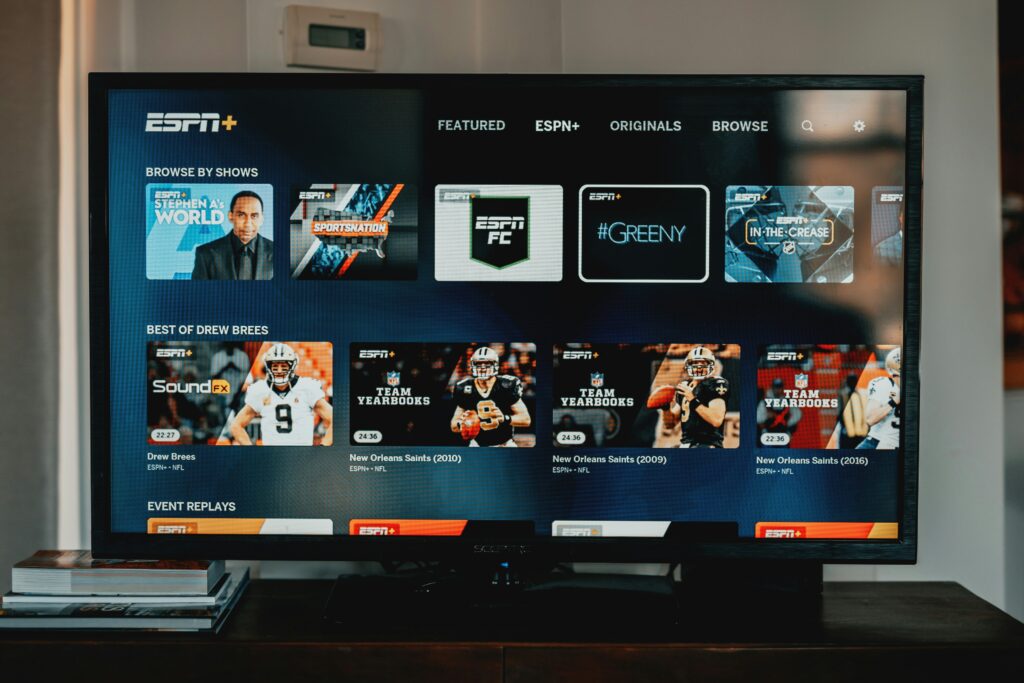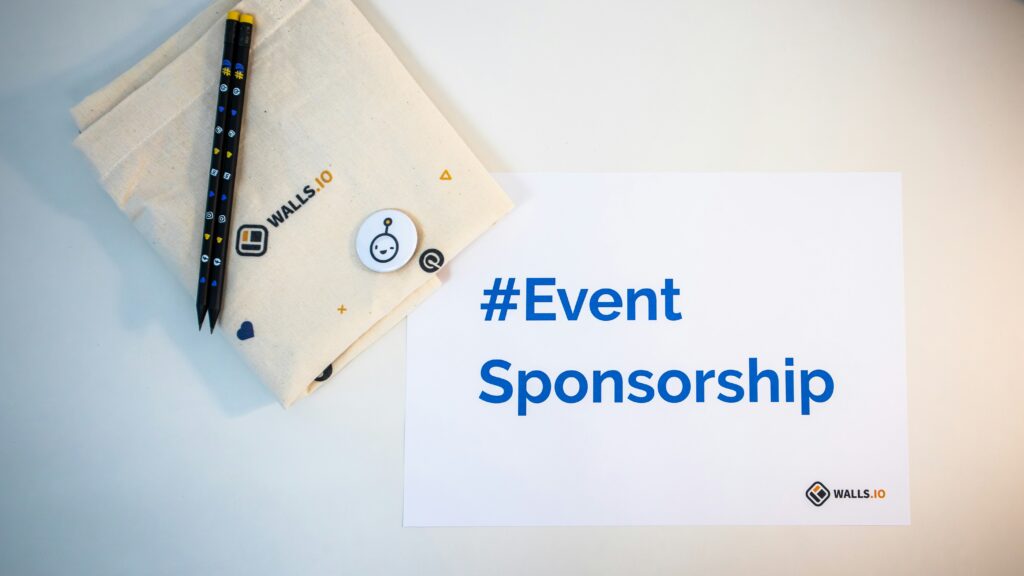Why Viewership Metrics Matter
In esports, viewership metrics are more than bragging rights. They’re currency. Numbers drive sponsorship dollars, validate team and event legitimacy, and guide platform investment. Whether you’re a streamer, organizer, or brand rep, understanding these data points is mandatory.
Not all metrics, however, are created equal. Vanity stats—like total views or follower counts—can look impressive on a slide deck but rarely reflect true impact. A ten-second click from a bot farm helps no one. Sponsors and serious stakeholders are focusing on quality: who’s watching, for how long, and what they’re doing during the stream.
Metrics like Average Concurrent Viewers (ACV), Watch Time, and Engagement Rate offer a clearer picture of loyalty and influence. These are harder to fake, and they point to community health over passing hype. Treat them like a compass, not just a scoreboard. If you know what’s being measured—and why—it’s easier to grow with purpose, not just noise.
Key Platforms in Focus
Twitch still holds the crown, but it’s no longer the only show in town. It leads in raw hours watched and creator loyalty, especially across FPS and variety gaming. YouTube Gaming is catching up though—hard. Long-form VODs, better discoverability, and integration with Google’s ad ecosystem make it a serious contender, especially for esports events and lifestyle gaming content. Facebook Live has slipped in the West, but still pulls strong numbers in specific regions like Southeast Asia, where community-driven mobile games dominate.
Then there’s the rise of regional disruptors. Trovo’s growth across Asia is quiet but confident, grabbing chunks of both mobile streamers and local viewers with low-latency tech and creator payouts that match or beat the majors. In markets like India and Brazil, local platforms are thriving too, boosted by language-first strategies and hyper-local content.
Hybrid streamers—creators who stream on multiple platforms to reach segmented audiences—are becoming a norm. They stitch together Twitch engagement with YouTube monetization and Facebook reach. It’s gritty but effective. Instead of locking into one ecosystem, today’s sharpest creators are multi-platform savvy, building communities that don’t care where the content lives, as long as it shows up.
Top Metrics that Define 2023
Metrics tell the real story behind esports growth. Not all numbers are created equal, and understanding the right ones is what separates hype from long-term traction.
Average Concurrent Viewers (ACV) is the quiet MVP. It’s not about how high you peak—it’s about who sticks around. Spikes from a surprise raid or a viral clip are nice, but they don’t match the weight of day-in, day-out consistency. Sponsors and orgs look at ACV as a trust signal: a stable, loyal audience is harder to fake and easier to build around.
Watch Time digs even deeper. If people are watching for long stretches, you’ve got more than just a headline—you’ve got attention. It says viewers are engaged, not just clicking in and out. Think of it as the difference between a drive-by and a regular at your digital bar. When platforms reshuffle algorithms or decisions need to be made about funding a stream event, watch time wins arguments.
Peak Viewership still matters—but it’s more about moments. It captures the flash: the championship final, the comeback round, the influencer co-stream that sent traffic through the roof. Peak viewership gets the press, ACV gets the contracts.
Engagement Rate is what separates viewers from fans. Comments, chat involvement, shares—this is how you judge whether the audience is just there or actually invested. A community that talks back keeps the stream culture alive and growing. Brands take note, too. High engagement drives conversion, and conversions fund the ecosystem.
Metrics aren’t just scoreboards; they’re signals. Read them right, and you’ll see where esports is actually heading.
Genre Performance Breakdown
Understanding how different game genres perform is essential for brands, streamers, and tournament organizers. In 2023, genre-specific trends revealed which formats captivate audiences, drive retention, and deliver consistent growth.
Who’s Dominating: MOBA vs. FPS vs. Battle Royale
Each genre brings a unique viewership pattern to the table, and the competition is intensifying:
- MOBA (Multiplayer Online Battle Arena):
- Franchises like League of Legends continue to draw massive annual event numbers, especially during Worlds.
- Strong infrastructure and regional leagues bolster year-round viewership.
- First-Person Shooters (FPS):
- Valorant and Counter-Strike: Global Offensive (CS:GO) remain consistent entrees in the top-viewed events.
- Fast-paced gameplay and regular roster changes keep content fresh and viewer engagement high.
- Battle Royale:
- Fortnite and Apex Legends mark peaks during influencer-led tournaments but show more variability in consistent audience retention.
- Viewer loyalty tends to fluctuate with content updates and streamer participation, rather than league formats.
Record-Breaking Esports Events in 2023
Some standout events raised the bar for viewership across all genres:
- League of Legends World Championship – One of the highest concurrent viewer counts globally.
- Valorant Champions Tour (VCT): Marked significant year-over-year growth with a maturing global audience.
- The International (Dota 2): Though slightly down in total numbers, retained core loyal viewers with high watch time metrics.
- Streamer-led Battle Royale Events: Turned out impressive short-term spikes, especially when tied to celebrity co-streams or brand crossovers.
How Genre Shapes Viewer Loyalty and Retention
Different game types shape not just viewership counts—but how long and how often audiences stay:
- MOBA Viewers: Strong narrative arcs, team loyalty, and seasonal logic drive long-term fan commitments.
- FPS Followers: Lean into fast content cycles; retention is often built around specific players or teams.
- Battle Royale Audiences: Enjoy high entertainment value but require regular novelty to stay engaged—making retention more volatile.
Key Insight: Genres with structured competitive ecosystems (like MOBAs and some FPS titles) tend to generate higher average watch times and repeated tune-ins throughout the year. Battle Royale thrives in spotlight moments but must innovate to maintain base viewership.
Regional Viewership Trends
Esports viewership continues to evolve by geography, exposing the unique tempo of each region.
North America feels almost too full. The audience is large, but growth is slowing. Younger viewers are moving between titles fast, and legacy fans aren’t as sticky as they used to be. Demographics are shifting too—Gen Z is less loyal to one platform or game, and streaming habits are more fragmented. To stay relevant here, orgs and platforms will need to value precision over popularity.
Europe is seeing something solid: mid-tier scenes are thriving. While it’s not pumping out the biggest numbers globally, its growth is balanced. Local tournaments, bilingual streams, and a strong PC culture are giving rise to regional hubs beyond the usual suspects. This is the zone where consistency matters more than hype.
The Asia-Pacific region remains the monster in the room. With immense mobile-first audiences, especially in countries like India, Indonesia, and the Philippines, APAC isn’t just dominating—it’s defining. Titles like Mobile Legends and PUBG Mobile redraw the playbook here. Streamers go viral overnight, infrastructure scales fast, and audiences expect content that’s both local and live.
LATAM and MENA are the wildcards—fast, hungry, and surging. Latin America has long had a strong gaming culture, but now infrastructure and sponsorship are finally catching up. In MENA, esports’ rise is tied to rapid investments and massive youth populations. These regions aren’t just emerging. They’re building—fast—and they’re loud when they show up.
Vlog-style content is playing a critical role across all these markets. The more regional the lens, the sharper the engagement.
What Influences Spikes in Viewership
Understanding the factors that drive sudden increases in esports viewership is crucial for organizers, platforms, and sponsors alike. Viewership spikes aren’t random—they’re often the result of strategic content decisions, partnerships, or key moments in the competitive calendar. Here’s a breakdown of the main catalytic elements that fueled surges in 2023.
Tournament Scale & Prize Pools
Large-scale tournaments consistently draw significant attention, especially when high stakes are involved. High prize pools contribute to prestige and can elevate an event’s profile far beyond its immediate game community.
- Major international competitions (e.g., Worlds, The International) generate global buzz
- Higher prize pools correlate with increased press coverage and social media engagement
- Audiences are more invested when the perceived value and intensity of competition rise
Influencer-Led Co-Streams
The rise of influencer-led co-streaming has reshaped how tournaments reach broader audiences. Popular streamers and former pros often bring an existing, loyal following—which can lead to massive secondary viewership.
- Co-streams offer casual commentary and alternative personalities for fans
- Streamers extend reach beyond core esports fans
- Brand sponsors often benefit from organic promotion during co-stream coverage
Patch Updates and Meta Shifts
Game updates that alter character balance or introduce new mechanics can renew interest in competitive play. These changes create unpredictability, which draws in casual viewers seeking high-stakes experimentation.
- Meta shake-ups open the door for underdog wins and innovative strategy
- Teams often test new tactics live, creating must-watch moments
- Patch timing around tournaments can alter expected outcomes and boost excitement
Cross-Industry Collaborations and External Partners
Mainstream entertainment crossovers continue to be a compelling draw for viewers. Whether it’s a halftime show, music integration, or surprise celebrity appearance, these collaborations bring new audiences and energize core fans.
- Music performances during finals drive crossover appeal
- Sponsored segments and brand activations attract new demographics
- Celebrity engagement—whether as viewers, players, or guests—adds additional hype
These factors aren’t just flash-in-the-pan moments—they’re increasingly essential aspects of competitive event planning. Spikes in viewership are valuable, but understanding their triggers is what allows organizers and sponsors to replicate success across seasons.
Data Integrity and Challenges
Not all views are created equal. As esports continues to grow, so does the temptation to game the system. Viewbotting—artificially inflating viewer counts with fake accounts—remains a dirty secret across several platforms. It muddies the waters for brands, misleads sponsors, and erodes trust in key performance indicators that are supposed to reflect real engagement. It’s harder now to tell who’s building actual community and who’s propping up empty numbers.
But the problem isn’t just bad actors. Platforms report data differently. What counts as a “view” on Twitch doesn’t always match what counts on YouTube or Facebook. Some platforms count a few seconds; others need minutes of watch time. That makes cross-platform comparisons tricky at best, misleading at worst. For orgs and sponsors trying to evaluate ROI, it’s like trying to read a map with three conflicting legends.
This is where third-party auditing is starting to matter. Neutral analytics services help separate signal from noise—filtering out the bots, standardizing metrics, and giving stakeholders something reliable to work with. As the stakes rise and more money flows into the scene, expect transparency and auditability to become non-negotiable.
Real Business Value Behind the Numbers
For sponsors, the game is no longer about who pulls the biggest headline view count. It’s about depth. A flashy peak viewership number might get someone in the door, but brand decision makers are looking for more than that. Specifically, they want ROI they can track—clicks, conversions, brand lift, long-term audience loyalty.
That’s where demographics and psychographics come in. Age, location, and income level matter—but so do mindset and motivation. Are viewers just dropping in for a highlight, or are they hard-core fans who match the brand identity? Do they share values with the sponsor? That alignment increases the chances of action—like a merch purchase or a sign-up—making the investment worthwhile.
Loyal niche audiences are the sleeper hit here. A channel with a hyper-engaged following—say, competitive sim racers or tactical shooter enthusiasts—can carry more weight than a generic large audience that just skims. These focused communities have high trust in the creator, and that trust extends to partnered products.
In short: sponsors want relationships, not just reach. And creators who invest in cultivating a sticky, like-minded base are sitting on a goldmine—even if their raw numbers don’t break records.
For a Deeper Look at Macro Esports Trends
If you’re looking to zoom out and see the bigger picture beyond viewership metrics, it’s worth diving into the broader forces shaping the esports landscape. From shifting publisher strategies to evolving monetization models and ecosystem-wide investments, the trends extend far past just who’s watching what. For more insight into the macro-level changes happening across the industry, head over to: Current Trends Shaping the Esports Industry.
Final Takeaways
Going Beyond the Surface
Esports viewership metrics have matured far beyond likes, peak numbers, and social media buzz. While high follower counts and flashy concurrent viewer spikes may look impressive, they don’t always reflect long-term value. Vanity metrics are easy to celebrate—but they rarely tell the whole story.
What to focus on instead:
- Viewer consistency over time
- Audience retention and loyalty
- Engagement quality—not just quantity
Growth Requires Full-Spectrum Insight
Sustainable success in esports doesn’t come from chasing short-term attention. It comes from:
- Using watch time and average concurrent viewership (ACV) to gauge audience dedication
- Monitoring genre-specific and regional shifts to stay relevant
- Valuing how—and why—fans interact across multiple platforms
When you understand the complete data picture, you can:
- Adapt content strategies to meet loyal audience needs
- Build long-term brand value for sponsors and partners
- Signal maturity to investors and stakeholders
Strategy Over Scoreboard
The real winners in 2023 aren’t the ones with the loudest moment—they’re the ones with a sustainable trajectory. For teams, brands, and tournament organizers, the shift is clear: treat your viewership metrics not as a scoreboard, but as a strategic roadmap.
Key mindset for 2023 and beyond:
- Think long-term, act data-informed
- Value engagement and consistency over virality
- Use metrics to drive decisions, not validate outcomes


 Senior Games Editor & Player Insights Lead
Senior Games Editor & Player Insights Lead
